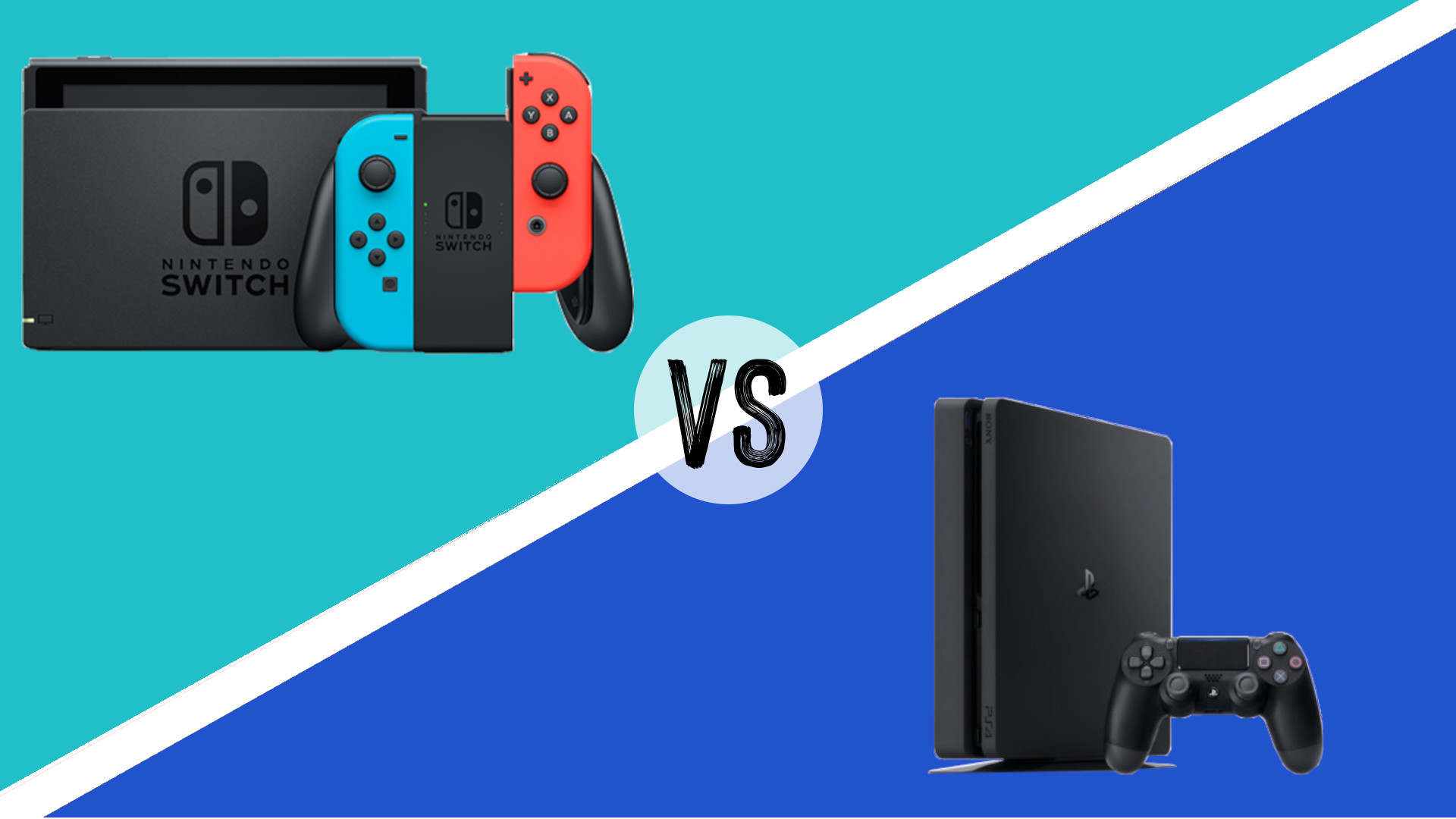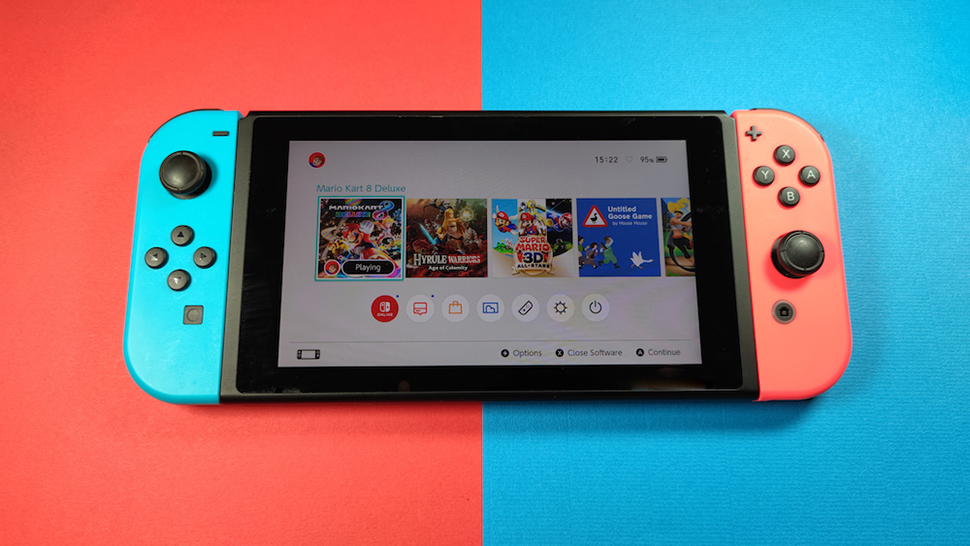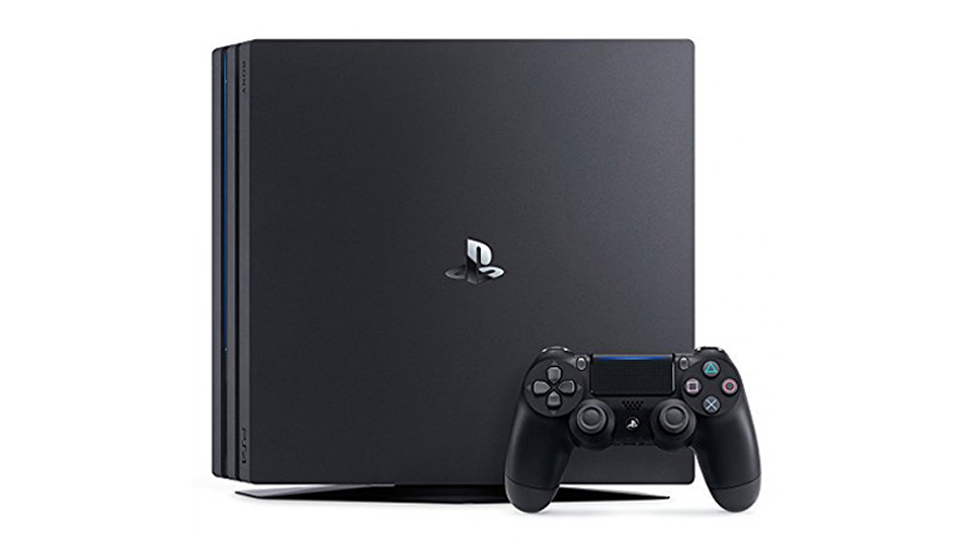Nintendo Switch vs PS4: Which should you buy?
We pit Nintendo Switch vs PS4 to help you pick the right console.

Nintendo Switch vs PS4. Which will come out on top in a battle between these two consoles? Both options are exciting in their own way and offer a lot in terms of game design, 3D art, UI, or just a way to chill out, but they offer very different experiences.
The Switch is the latest console from Nintendo, and offers a lower-powered but more versatile gaming experience than the PlayStation – or Xboxes or PCs, for that matter. It's also cheaper and at least a little easier to find in stock too.
The PS4, although no longer the latest PlayStation since the PS5 arrived, is, for now, still a good purchase as PlayStation game devs still produce many titles for the console. And considering how tricky it can be to buy a PS5 at the moment, buying the older model as a stop-gap isn't such a bad idea.
While there's more than one model of each of these consoles, our Nintendo Switch vs PS4 face-off below will primarily compare the standard Switch and PS4. Read on for a feature-by-feature breakdown. Once you've made your choice, make sure you see our guides to the best Nintendo Switch deals and the cheapest PS4 deals. And make sure you've got one of the best power banks, so your pick never runs out of steam.
Nintendo Switch vs PS4: Design
Why you can trust Creative Bloq

The Switch is a much friendlier-looking device than the PS4, particularly if you buy it in its original red and blue Neon colour scheme. It comes in several parts: the console itself, the two attachable Joy-Con controllers and the Switch Dock, which allows you to play games on a separate display, charge the Switch and plug in an additional USB accessory (see our full Nintendo Switch review for more details).

The PS4 comes in either black or white, with black being by far the more common colour. It certainly looks handsome with its neat, tiered construction and subtle logos, which is just as well given it may well be living in your front room and shouldn't distract people. Something Sony apparently forgot with the PS5!
Of these two consoles, only the Switch is designed for mobile play. It's easily light and small enough to put into a bag, whereas the PS4 is designed to live near to a TV or monitor full time.
Nintendo Switch vs PS4: Display

This category is for the Switch, since it comes with a built-in 6.2-inch 720p (HD) LCD display. Alternatively, you can get a 5.5-inch HD LCD screen on the Switch Lite or a 7-inch, 720p OLED display if you decide to go for the OLED model. However, we also need to compare the outputs of the Switch and PS4 for attaching to a monitor too.
When docked, the Switch can output at up to 1080p (Full HD) at 60 frames per second, as can the PS4. So if you're sat playing at home, you won't notice a difference in resolution or frame rate. But you'll probably notice a graphical quality difference, for reasons we'll get into below.
Nintendo Switch vs PS4: Battery
We've already mentioned portability. Unless you've got an enormous power bank or portable generator on you, the PS4 doesn't have a battery life; it's a DC-only console. The Switch does, however, and its battery lasts between 4.5 and 9 hours on a single charge.
Nintendo Switch vs PS4: Controllers

The Switch comes with a pair of Joy-Con controllers. These are particularly versatile, being able to act as one fully-featured controller, motion controls or even two separate controllers with a single joystick and pair of shoulder buttons each. They also contain an NFC reader and IR remote for use with certain games and accessories.

The Dualshock 4 that comes with the PS4 is nowhere near as versatile, but it is more specialised. It offers the same combination of face and shoulder buttons in a slightly different arrangement. It does have motion control capabilities, but it's rare to find PS4 games that use these.
There's also a touchpad in the centre of the controller, which can be used as an extra button or more precise input depending on what game you're playing. On the back of the controller, you'll find the "light bar", which glows different colours to indicate an action happening in-game or to show which player is which in a multiplayer game. On the front, you'll find a 3.5mm headphone jack, which can be used with headphones to play games silently.
Charging these two types of controllers is different too. The Joy-Cons charge while connected to the Switch while in handheld mode or stored on the docked console. The DualShock 4 charges via a micro USB port, either from the USB cable included with the console or any other source.
Nintendo Switch vs PS4: Performance
The Switch runs off of a customised Nvidia Tegra X1 chipset, while the PS4 contains an AMD Jaguar CPU and a 1.84 TFlops AMD Radeon GPU. What that translates to is that even though it was released several years before the Nintendo Switch, the PS4 outperforms it when it comes to overall computing power.
If you watch the kind of game graphics available for either system, you won't struggle to tell them apart thanks to the higher fidelity of the PS4's graphics. You'll notice the difference even more if you find a PS4 Pro. This console offers additional processing power and can output games in 4K.
Nintendo Switch vs PS4: Games
While neither console will leave you struggling for choice, there is a general tendency for the best Nintendo Switch games to focus on family-friendly, local co-op or multiplayer experiences, while the PS4, like the Xbox or PC, aims for a more dedicated online audience including titles for more mature players.
The games for the two consoles come in two different formats. The Switch uses a unique Game Card format, whereas the PS4 takes Blu-Ray discs. Both consoles also support download-only games.
Another important difference with the gaming experience on these consoles is their onboard storage. The Switch has 32GB of storage by default (64GB on the Switch OLED), but can take up to 2TB of extra storage via microSD card. The PS4 comes with either 500GB or 1TB of storage by default depending on the model you buy, but can also be expanded with either external USB HDDs or SSDs, or even opened up to swap in a larger 3.5-inch HDD if you're feeling bold.
Nintendo Switch vs PS4: Entertainment
The PS4 comes into its own when offering experiences beyond gaming. It allows you to download a selection of media streaming apps for video and music, and can connect to different streaming services to allow you to play games with an audience. You can also use the Blu-Ray drive to play Blu-Rays and DVDs (although CDs won't work), or connect USB devices to play music and movies.
There is a YouTube app available for the Nintendo Switch, but that's about it. The Switch is not going to act as a full home entertainment hub if you hook it up to your TV.
Nintendo Switch vs PS4: Price
The standard Nintendo Switch starts at $299/£259, with the Lite costing less at $199/£199 and the OLED model costing more at $349/£309. The PS4 started at $400/£350 when it launched, but that price has since fluctuated due to new design revisions and scarcity.
However, there's also the question of availability. Despite challenges in supply, the Nintendo Switch is still rolling out from factories and retailers are getting regular restocks. On the other hand, while is still producing PS4s, it can be hard to get hold of now that it's been superseded by the PS5 (which is also hard to get hold of!)
Nintendo Switch vs PS4: Conclusion
All in all, there's no clear victor in our Nintendo Switch vs PS4 battle. Beyond being machines for playing games, the Switch and the PS4 are completely different experiences. Nintendo's option is best for playing a variety of games with traditional or motion controls straight out of the box and is the only one of the two to offer a practical portable experience outside your home. It's also got the advantage of being a current-gen console, so more updates and games will only increase its desirability.
The PS4, meanwhile, is now in its twilight years, so we'll see fewer and fewer games launched for the console. However, it's still got a huge library of excellent games, many of them more spectacular than anything you'll get on the Switch in terms of looks. It's also the better console for features beyond gaming, thanks to its streaming abilities, but it can be hard to track down.
Read more:
- The best Nintendo Switch games in 2022
- Nintendo Switch Lite review
- Nintendo Switch vs Switch OLED: which should you buy?
Daily design news, reviews, how-tos and more, as picked by the editors.

Richard is a tech journalist and writer. He is Staff Writer at Tom's Guide and has a passion for smartphones, gaming and audio.
